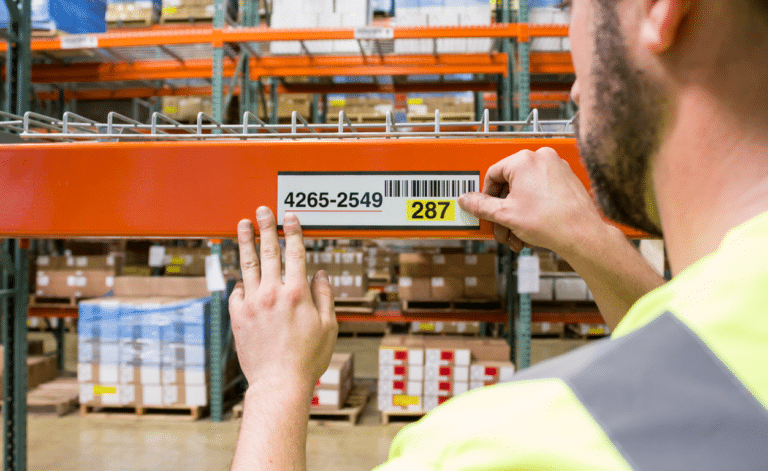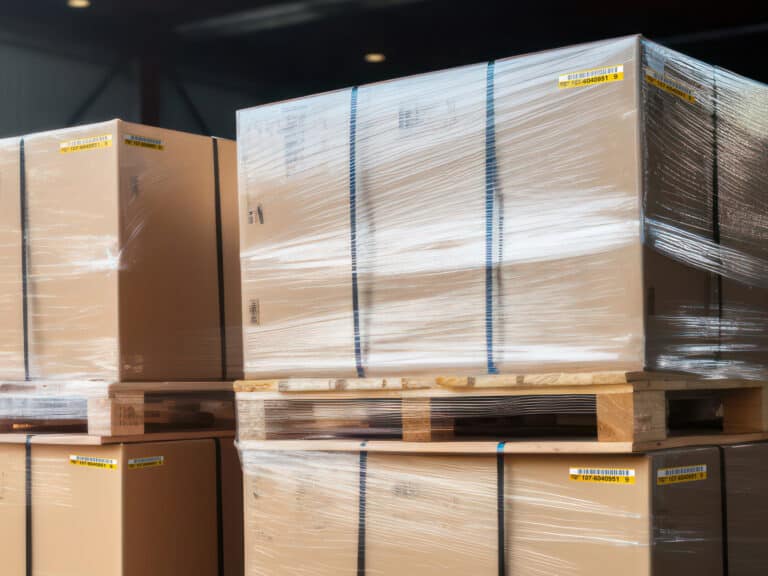The best-run warehouses all follow the same proven strategies, while struggling ones tend to have their own mix of organizational challenges. If your warehouse isn’t operating as smoothly as it should, chances are it’s facing a combination of common mistakes that can lead to inefficiencies, delays, and lost revenue.
1. Excess Inventory
Excess inventory ties up cash that could be used for other purposes and takes space in the warehouse. Excess inventory can delay every process — including picking, putaway, cycle counting and restocking.
2. Suboptimum Warehouse Structure or Layout
Optimizing the warehouse layout can improve productivity and efficiency, helping to cut order cycle times dramatically. Consider the types of materials you stock as well as their velocity when designing your warehouse layout. An experienced warehouse design professional can help you make the best use of your space and maximize productivity at the same time.
3. Neglecting Staff Development
You can’t expect a person to perform a task accurately if you haven’t taken the time to properly train him or her. Put effort into training your employees and they will reward you with better efficiency and productivity as well as lower turnover.
4. Failing to Plan
Accurate forecasts result in much better material plans, but even without a good forecast you can take steps to reduce stockouts and ensure you have the right materials on hand. Implement min/max or Kanban systems so you have visibility and insight into usage without going overboard on inventory.
5. Sloppy Housekeeping
Sloppy warehouses make it harder to find products and harder to find space to put goods away. In addition, sloppiness breeds apathy and lack of attention to detail. To stay organized straighten shelves, sweep floors and make sure every bin, pallet or box is clearly labeled. Pay attention to warehouse product organization. Your productivity will soar.
6. Poor Warehouse Safety Management
Accidents are expensive, in time and money as well as employee morale. People work better in an environment where they feel safe and cared about. That doesn’t mean you need to be best friends, but it does mean they need to know you have taken warehouse safety steps and provide proper safety training and equipment.
7. Forgetting Work in Process
Some warehouses spend the last two weeks of the month pushing out customer orders and neglecting to feed work in process (WIP). Then, after the first of the month, there are no finished goods to fulfill customer orders. They rush to feed WIP. All the finished goods come in at the end of the month, so the last part of the month is dedicated to shipping customer orders. Take steps to balance priorities throughout the month to rebalance this cycle.
8. Not Measuring Performance
If it isn’t measured, it doesn’t improve. Decide what factors you care most about. Then measure against your KPIs. Watch your productivity soar.
9. Failure to Automate
Automated hardware and software are not more expensive than adding more heads or correcting mistakes. Invest in modern data collection and labeling solutions to increase efficiency and accuracy.
10. Poorly Identified Materials
Speed up picking and putaway by ensuring that all goods have legible labels or tags. Invest in high-quality labels and printers and make it easy for workers to label all materials as they’re received.
It’s impossible to overestimate the importance of warehouse organization on productivity, efficiency and morale. Tackle these 10 common mistakes to catapult your warehouse into the top echelons for performance.





